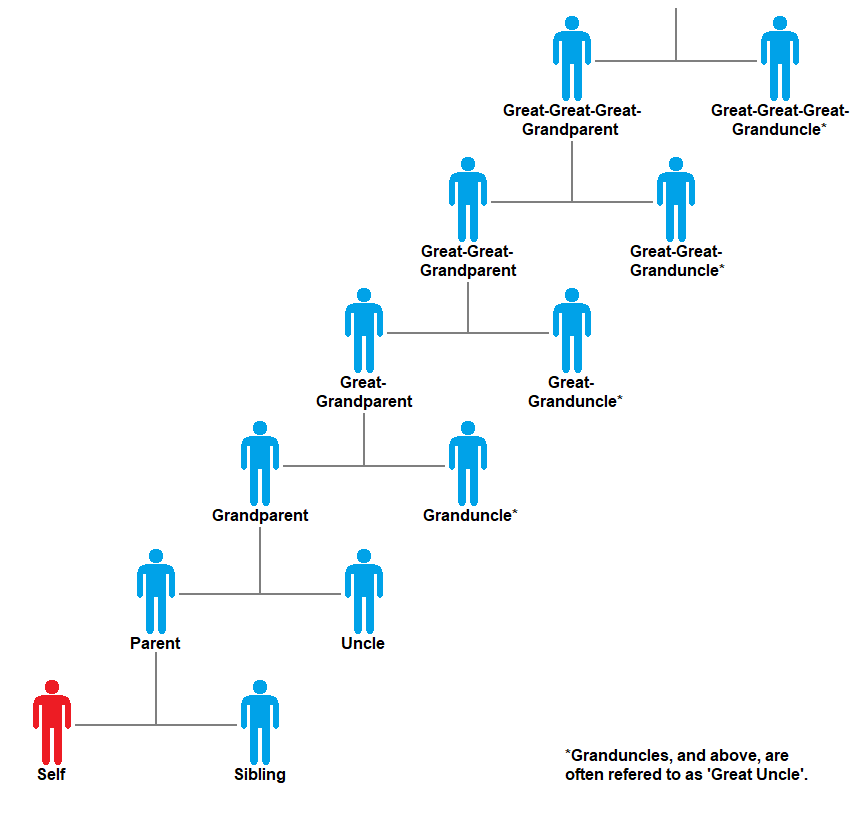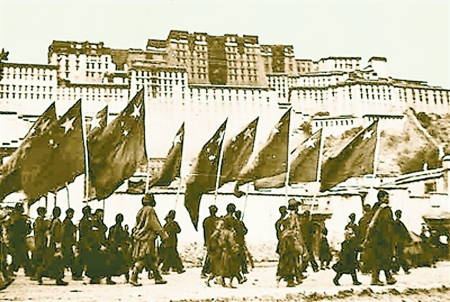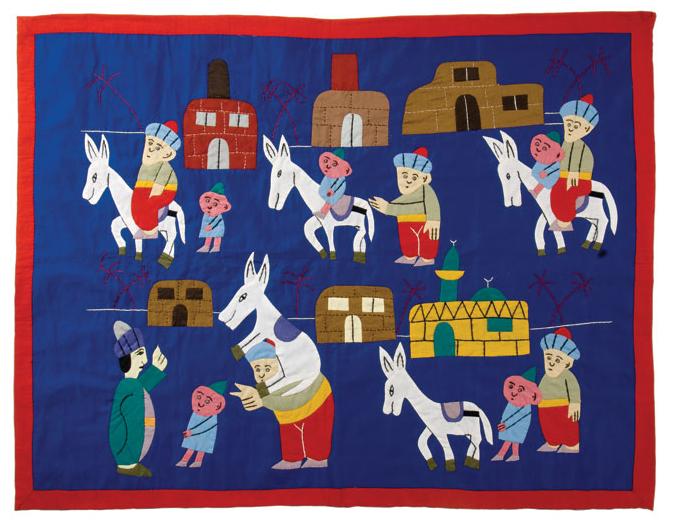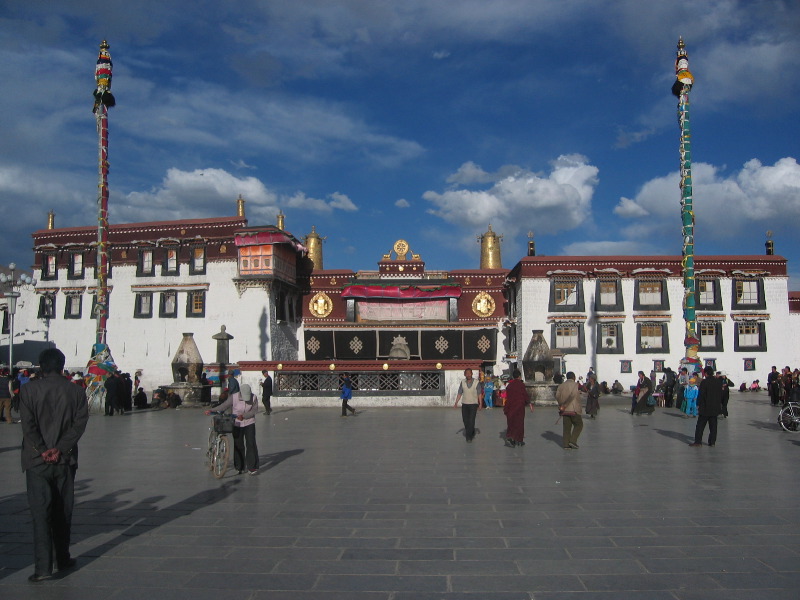|
Akhu Tönpa
Akhu Tönpa (Tib: , Wyl: a khu ston pa), or Uncle Teacher, is a fictional character portrayed as a trickster in Tibetan folklore. Akhu Tönpa is portrayed as a layperson who frequently plays harmless and not-so-harmless pranks on villagers, monks, and members of the aristocracy. However, he also acts as a leader or role model. He is believed to be sent by Chenrezig (Avalokiteśvara), the Buddha of compassion, to teach Tibetans the art of being shrewd and witty. As such, he frequently outwits the strong and mighty in society and is portrayed as a champion of the common man. Etymology "Akhu" means uncle in Tibetan, but it is also used as a title for older men by younger people, while ''ston pa'' means "to demonstrate, to show, teacher" and refers ultimately to the Buddha. However, he is known by different names in different parts of Tibet. In the Nedhong province of Tibet, he is known as Nyichoe Zangpo (Wyl: nyi chos bzang po), which translates to "good Dharma." History Akhu T ... [...More Info...] [...Related Items...] OR: [Wikipedia] [Google] [Baidu] |
Trickster
In mythology and the study of folklore and religion, a trickster is a character in a story (god, goddess, spirit, human or anthropomorphisation) who exhibits a great degree of intellect or secret knowledge and uses it to play tricks or otherwise disobey normal rules and defy conventional behavior. Mythology Tricksters, as archetypal characters, appear in the myths of many different cultures. Lewis Hyde describes the trickster as a "boundary-crosser".Hyde, Lewis. ''Trickster Makes This World: Mischief, Myth, and Art''. New York: Farrar, Straus and Giroux, 1998. The trickster crosses and often breaks both physical and societal rules: Tricksters "violate principles of social and natural order, playfully disrupting normal life and then re-establishing it on a new basis." Often, this bending and breaking of rules takes the form of tricks and thievery. Tricksters can be cunning or foolish or both. The trickster openly questions, disrupts and mocks authority. Many cultures have ta ... [...More Info...] [...Related Items...] OR: [Wikipedia] [Google] [Baidu] |
Tibet
Tibet (; ''Böd''; ), or Greater Tibet, is a region in the western part of East Asia, covering much of the Tibetan Plateau and spanning about . It is the homeland of the Tibetan people. Also resident on the plateau are other ethnic groups such as Mongols, Monpa people, Monpa, Tamang people, Tamang, Qiang people, Qiang, Sherpa people, Sherpa, Lhoba people, Lhoba, and since the 20th century Han Chinese and Hui people, Hui. Tibet is the highest region on Earth, with an average elevation of . Located in the Himalayas, the highest elevation in Tibet is Mount Everest, Earth's highest mountain, rising above sea level. The Tibetan Empire emerged in the 7th century. At its height in the 9th century, the Tibetan Empire extended far beyond the Tibetan Plateau, from the Tarim Basin and Pamirs in the west, to Yunnan and Bengal in the southeast. It then divided into a variety of territories. The bulk of western and central Tibet (Ü-Tsang) was often at least nominally unified under a ser ... [...More Info...] [...Related Items...] OR: [Wikipedia] [Google] [Baidu] |
Folklore
Folklore is the body of expressive culture shared by a particular group of people, culture or subculture. This includes oral traditions such as Narrative, tales, myths, legends, proverbs, Poetry, poems, jokes, and other oral traditions. This also includes material culture, such as traditional building styles common to the group. Folklore also encompasses customary lore, taking actions for folk beliefs, including folk religion, and the forms and rituals of celebrations such as Christmas, weddings, folk dances, and Rite of passage, initiation rites. Each one of these, either singly or in combination, is considered a Cultural artifact, folklore artifact or Cultural expressions, traditional cultural expression. Just as essential as the form, folklore also encompasses the transmission of these artifacts from one region to another or from one generation to the next. Folklore is not something one can typically gain from a formal school curriculum or study in the fine arts. Instead, thes ... [...More Info...] [...Related Items...] OR: [Wikipedia] [Google] [Baidu] |
Avalokiteśvara
In Buddhism, Avalokiteśvara (meaning "the lord who looks down", International Phonetic Alphabet, IPA: ), also known as Lokeśvara ("Lord of the World") and Chenrezig (in Tibetan), is a Bodhisattva#Bhūmis (stages), tenth-level bodhisattva associated with great compassion (''Karuṇā, mahakaruṇā''). He is often associated with infinite light Amitabha Buddha. Avalokiteśvara has numerous Great 108 manifestations and is depicted in various forms and styles. In some texts, he is even considered to be the source and divine creator of all Hindu deities (such as Vishnu, Shiva, Brahma, Saraswati, Bhumi (goddess), Bhudevi, Varuna,..etc). While Avalokiteśvara was depicted as male in India, in East Asian Buddhism, Avalokiteśvara is most often depicted as a female figure known as Guanyin (in Chinese). In Japan, Korea, and Vietnam, he is known as Kannon, Gwaneum, and Quan Âm, respectively. Guanyin is also an important figure in other East Asian religions, particularly Chinese folk rel ... [...More Info...] [...Related Items...] OR: [Wikipedia] [Google] [Baidu] |
Uncle
An uncle is usually defined as a male relative who is a sibling of a parent or married to a sibling of a parent, as well as the parent of the cousins. Uncles who are related by birth are second-degree relatives. The female counterpart of an uncle is an aunt, and the reciprocal relationship is that of a nephew or niece. The word comes from , the diminutive of ''avus'' (grandfather), and is a family relationship within an extended or immediate family. A popular colloquial term in English is Unc. In some cultures and families, children may refer to the cousins of their parents as uncle (or aunt). It is also used as a title of respect for older relatives, neighbours, acquaintances, family friends, and even total strangers in some cultures, for example Aboriginal Australian elders. Using the term in this way is a form of fictive kinship. Any social institution where a special relationship exists between a man and his sisters' children is known as an avunculate (or avunculism ... [...More Info...] [...Related Items...] OR: [Wikipedia] [Google] [Baidu] |
Annexation Of Tibet By The People's Republic Of China
Tibet came under the control of China, People's Republic of China (PRC) after the Ganden Phodrang, Government of Tibet signed the Seventeen Point Agreement which the 14th Dalai Lama ratified on 24 October 1951, but later repudiated on the grounds that he had rendered his approval for the agreement under duress. This occurred after attempts by the Tibetan Government to gain diplomatic recognition, international recognition, efforts to modernize its Tibetan Army, military, negotiations between the Government of Tibet and the PRC, and Battle of Chamdo, a military conflict in the Chamdo area of western Kham in October 1950. The series of events came to be called the "Peaceful Liberation of Tibet" agreed by the government of China, Chinese government, the plenipotentiary of the Tibetan Local Government and the Dalai Lama despite several thousand casualties being reported by Chinese generals throughout the invasion, and the "Chinese invasion of Tibet" by the Central Tibetan Administr ... [...More Info...] [...Related Items...] OR: [Wikipedia] [Google] [Baidu] |
Qinghai Education College
Qinghai is an inland province in Northwestern China. It is the largest province of China (excluding autonomous regions) by area and has the third smallest population. Its capital and largest city is Xining. Qinghai borders Gansu on the northeast, Xinjiang on the northwest, Sichuan on the southeast and the Tibet Autonomous Region on the southwest. Qinghai province was established in 1928 during the period of the Republic of China, and until 1949 was ruled by Chinese Muslim warlords known as the Ma clique. The Chinese name "Qinghai" is after Qinghai Lake, the largest lake in China. The lake is known as Tso ngon in Tibetan, and as Kokonor Lake in English, derived from the Mongol Oirat name for Qinghai Lake. Both Tso ngon and Kokonor are names found in historic documents to describe the region.Gangchen Khishong, 2001. ''Tibet and Manchu: An Assessment of Tibet-Manchu Relations in Five Phases of Development''. Dharmasala: Narthang Press, p.1-70. Located mostly on the Tibetan Pla ... [...More Info...] [...Related Items...] OR: [Wikipedia] [Google] [Baidu] |
Xining
Xining is the Capital (political), capital and most populous city of Qinghai province in western China and the largest city on the Tibetan Plateau. As of the 2020 census, it had 2,467,965 inhabitants (2,208,708 as of 2010), of whom 1,954,795 lived in the built-up (or metro) area made of 5 urban districts. The city lies in the Huangshui River, Huangshui River Valley, also known as Tsongkha (Tibetan script, Tibetan: ཙོང་ཁ་), and owing to its high altitude, has a cool climate on the borderline between Semi-arid climate#Cold semi-arid climates, cool semi-arid and dry winter humid continental climate, humid continental. Xining was a commercial hub along the Northern Silk Road's Hexi Corridor for over 2000 years, and was a stronghold of the Han dynasty, Han, Sui dynasty, Sui, Tang dynasty, Tang, and Song dynasty, Song dynasties' resistance against nomadic attacks from the west. Although long a part of Gansu province, Xining was added to Qinghai in 1928. Xining holds sites ... [...More Info...] [...Related Items...] OR: [Wikipedia] [Google] [Baidu] |
Afanti
Nasreddin () or Nasreddin Hodja (variants include Mullah Nasreddin Hodja, Nasruddin Hodja, Mullah Nasruddin, Mullah Nasriddin, Khoja Nasriddin, Khaja Nasruddin) (1208–1285) is a character commonly found in the folklores of the Muslim world, and a hero of humorous short stories and satirical anecdotes. There are frequent statements about his existence in real life and even archaeological evidence in specific places, for example, a tombstone in the city of Akşehir, Turkey. At the moment, there is no confirmed information or serious grounds to talk about the specific date or place of Nasreddin's birth, so the question of the reality of his existence remains open. Nasreddin appears in thousands of stories, sometimes witty, sometimes wise, but in many of which he is presented as a (holy) fool or as the butt of a joke. A Nasreddin story usually has a subtle humour and a pedagogic nature. The International Nasreddin Hodja festival is celebrated between 5 and 10 July every year in ... [...More Info...] [...Related Items...] OR: [Wikipedia] [Google] [Baidu] |
Tibetan Literature
Tibetan literature generally refers to literature written in the Tibetan language or arising out of Tibetan culture. Historically, Tibetan has served as a trans-regional literary language that has been used, at different times, from Tibet to Mongolia, Russia, and present-day Bhutan, Nepal, India, and Pakistan. Today, the term Tibetan literature can also be applied to any work by an ethnic Tibetan person or arising out of Tibetan folk culture; contemporary Tibetan writers sometimes use Chinese, English, or other languages to compose their work. Terminology Today, the term "Tibetan literature" can also be applied to any work by an ethnic Tibetan person. However, who is a "Tibetan" and who speaks "the Tibetan language" are contested. For instance, Chinese ethnologists have argued that the Baima language is independent from Tibetan, however, the state classifies them as Tibetans for fear of being seen as attacking the unity of Tibetan identity. Similarly, the Tibetan languages are in ... [...More Info...] [...Related Items...] OR: [Wikipedia] [Google] [Baidu] |
Tibetan Mythology
Tibetan mythology refers to the traditional as well as the religious stories that have been passed down by the Tibetan people. Tibetan mythology consists mainly of national mythology stemming from the Tibetan culture as well as religious mythology from both Tibetan Buddhism and Bön Religion. These myths are often passed down orally, through rituals or through traditional art like sculptures or cave paintings. They also feature a variety of different creatures ranging from gods to spirits to monsters which play a significant role in Tibetan mythology. These deities and monsters/evil entities deal with our mental emotions and how to control them. Some of these myths have broken into mainstream Western media, with the most notable one being the Abominable Snowman – the Yeti. National mythology National Tibetan mythology stems from the history of the country, and was passed down by word of mouth or works of art such as cave paintings. The latter include gods and sacred mythologica ... [...More Info...] [...Related Items...] OR: [Wikipedia] [Google] [Baidu] |









